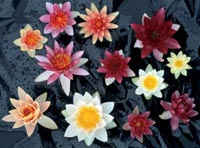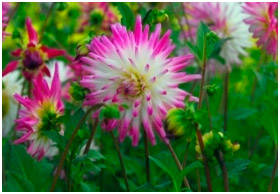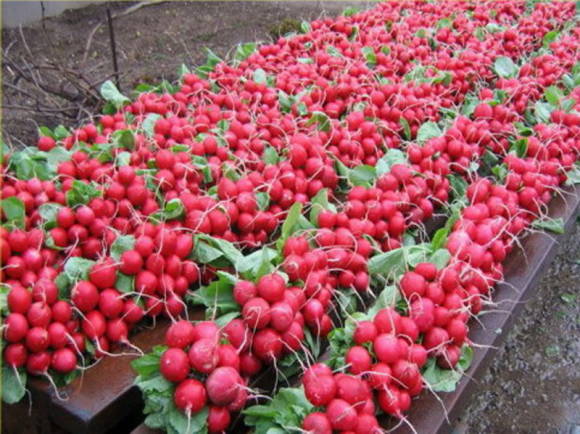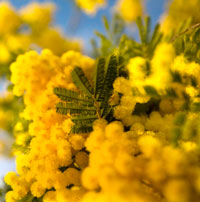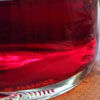Everyone knows and loves vegetables and flavoring plants of the umbrella family, or celery: carrots, parsley, parsnips, dill, celery. But there are few flower plants, representatives of this family, and they do not have catchy beauty, but any flower will always find its place.
Astrantia, or starry
In the genus Astrantia, or zvezdovka, there are 10 species that grow wild in Southern Europe, the Caucasus, in mountain meadows and in valleys, along the banks of streams and rivers. The name comes from the word astron - star.

In culture, the most common astrania is large, or big(Astrantia maxima). A perennial herb, forms a spreading bush up to 70 cm high. The leaves are three to seven-part, on long petioles, collected in a basal rosette. The flowers are pale pink, in simple umbrellas with a diameter of 3.5–5 cm. The leaves of the envelope are large, green or pale pink, giving the inflorescences a decorative appearance. Blooms in July – August 35–40 days.
Astrantia is an unpretentious plant that grows well in open areas, in the shade and partial shade, on any soil, although it prefers fertile loams. Drought-resistant plant, requires rare but abundant watering at the root. In hot summer, with insufficient watering and feeding, the growth and development of plants slows down. Plants turn yellow, begin to shed leaves and buds. Therefore, at such a time, especially during the budding period, it is necessary to regularly water and feed the plants.
Frost-resistant, tolerates our winters well without shelter. It can grow in one place for many years without a transplant. It is capable of giving abundant self-seeding, and if this is undesirable, then faded inflorescences should be removed. Propagated by dividing rhizomes and seeds, which are sown before winter.
Astrantia can be planted under trees in groups, in mixborders, in compositions.
Read more in the article Zvezdovka, or astrantia: types and varieties.

Didiscus
Quite a rare plant, represented in culture by one species - blue didiscus (Didiscus coerulea)... Now the genus Didiscus has been abolished, the plant has recently been referred to another genus called Trachymene coerulea, but the exact taxonomic position of the plant has not yet been established. On sale, you will still find this plant called didiscus.

Didiscus is an annual plant up to 70 cm high. Plants are slender, compact, branchy. The stems are reddish. The leaves are deeply dissected, openwork, densely pubescent with soft hairs, grayish-green in color.

The flowers are very small, blue with a lilac hue, collected in dense flat inflorescences-umbrellas 5-6 cm in diameter. The diameter of the flowering plant is 20-25 cm. The flowers have a faint pleasant aroma.
Didiscus loves sunny places, light fertile soils and does not tolerate dampness. Quite cold-resistant plant, especially mature flowering plants.
Didiscus propagates by seeds through seedlings. Seeds are sown in late March - early April. Seedlings appear in 10-14 days. Seedlings are dived and planted in open ground after spring frosts. Didiscus blooms in early July and blooms until late frost. Care is usual, the main thing is not to flood the plants and give 2-3 additional fertilizing with mineral fertilizers before flowering.
Didiscus is very suitable for variegated flower beds and flower beds, and besides, cut flowers keep fresh for a long time in water.
"Ural gardener", No. 41, 2018



